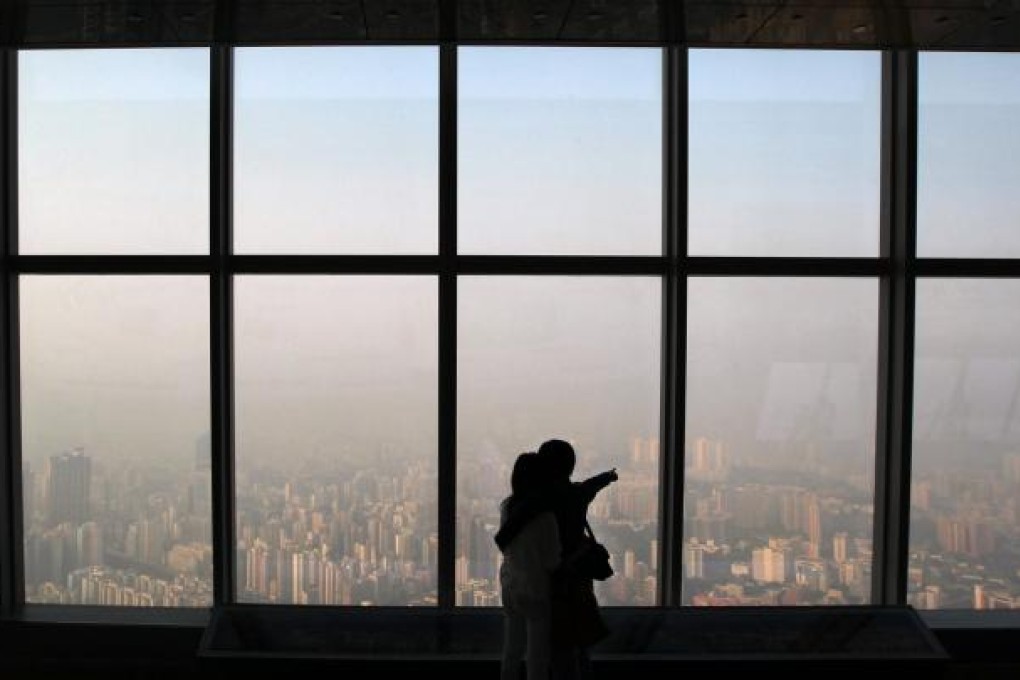Health alert as pollution tops chart
People with heart and breathing problems should be careful as indices hit severe level

Severe pollution hit the city yesterday, with the roadside readings in Central peaking at 210 on the Air Pollution Index (API) - the worst level since last August when the reading topped 212.

Green activists blamed the government's bad town planning, which allows skyscrapers to cluster in downtown areas, blocking air circulation and trapping pollutants. They also urged prompt action to control vehicle emissions.
At 4pm yesterday, the roadside pollution readings in Central and Mong Kok peaked at 210 and 205 respectively, mainly due to the high concentration of nitrogen dioxide. The indices fell slightly to 209 and 204 respectively at 6pm.
The readings in Central remained above the severe level of 200 all day yesterday. Under such severe levels, people, especially those with heart or breathing problems, are asked to stay away from areas of heavy traffic.
An Environmental Protection Department spokesman warned pollution levels would remain high today, but would start to improve gradually later in the day as the wind was expected to pick up.